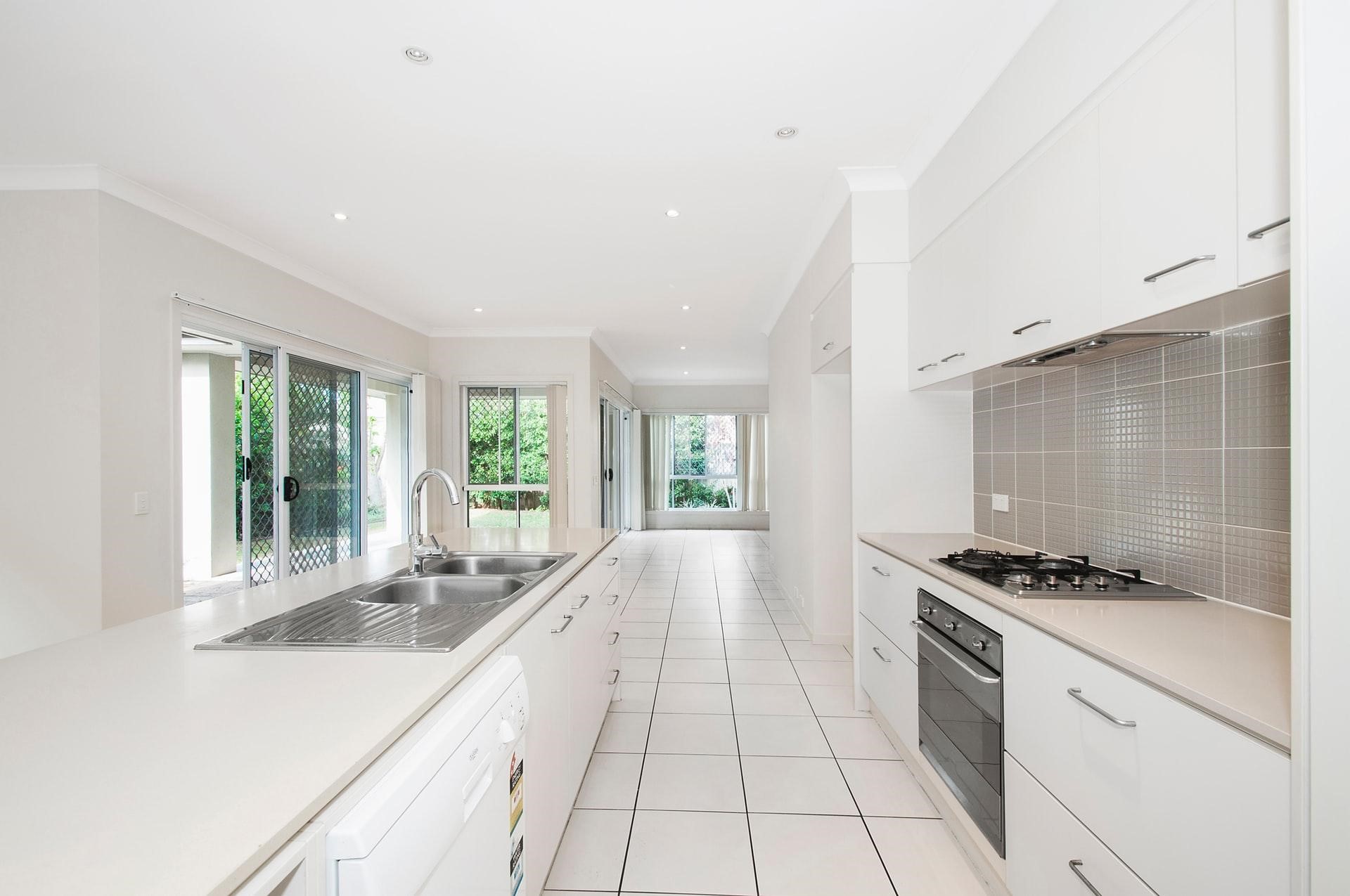When you’re looking at real estate listings in your area, it can feel like you’ll never find a property that checks all of your boxes, and if you need an accessible home, the process can feel downright discouraging. With so few homes on the market designed for people with disabilities, it’s harder to find a place to settle down.
People seeking accessible homes may need to take some additional steps if they want to close on a property. Here’s how to find a home that you can modify with accessibility in mind.
Getting Started
No matter what your needs are, the first steps of the home-buying process generally look similar for everyone. You’ll need to figure out how much money you can put down and how much you can afford to spend on monthly payments, and you should get pre-approved for a mortgage. If you need down payment assistance, see if your local or state housing authority offers special loans, grants, and tax credits. You will also want to budget for your future remodeling projects, so spend some time researching contractors’ rates in your area.
Viewing Homes
You’ll need a real estate agent who has helped previous clients find accessible homes and apartments. An agent who understands your needs can help you find open houses that are worth your time to attend.
Trying to sort through local listings on your own can be exhausting, but your agent will assist you as you narrow down your search! You should prioritize attending open houses at homes and apartments with spacious interiors. This will give you plenty of space for the fixtures you need.
Install New Flooring
If you choose to purchase a home with carpet, you should have hardwood floors installed before any other renovations. People using mobility aids are generally more comfortable in homes with hardwood floors, and they require less cleaning and maintenance than carpets.
Furniture removal, subfloor repairs, and flooring disposal will add to the cost of installation. Wood type will impact costs as well, with luxury woods being considerably more expensive. However, spending more on this project could pay off in the long run, since homes with hardwood floors generally have higher property values.
Design Your Bedroom
Once you have hardwood floors installed, you’ll probably want to modify your bedroom so that it becomes a space where you can feel safe and fully relaxed. If you use a mobility aid, there is a good chance you will need to hire contractors to widen the doorways (usually costs $300 – $800) to your bedroom and add a walk-in closet so that you can easily enter and exit. Depending on your needs, you may need to purchase an adjustable bed with fixtures like bed rails or ceiling lifts.
Kitchen and Bathroom Modifications
In both your kitchen and bathroom, you’ll want to ensure that you have adequate lighting so that you can move around safely. These rooms can present fall risks for people with disabilities, but proper lighting can help mitigate those risks. You will likely want to lower certain fixtures and appliances as well. Finally, make sure that you can easily reach any storage spaces. You can construct these rooms so that you’re able to access everything you need!
Many people with disabilities assume that homeownership is out of reach. However, this is not the case, and you do not have to give up on this important goal. You may not find the perfect home on the market, but working with the right real estate agent will help you buy a home that you can remodel to accommodate your needs.
Photo Source: Unsplash
Written by: Patrick Young | Ableusa.info | patrickyoung@ableusa.info
For: Metropolis Apartments | Contact us for for all your real estate needs | info@metropolisapts.com

